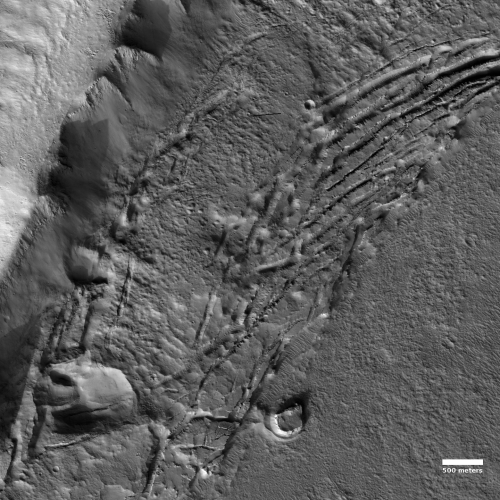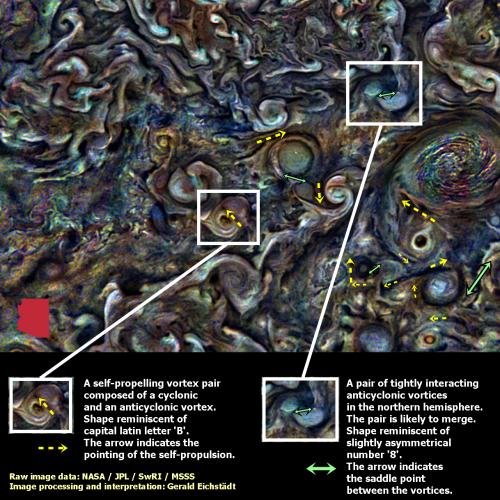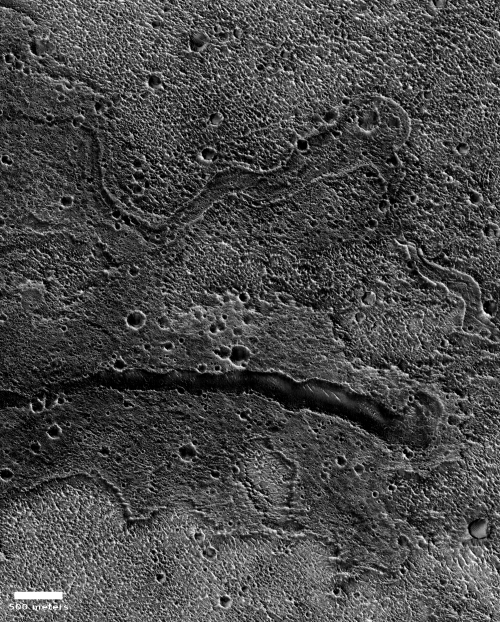SpaceX finds clogged valves in several Merlin engines
Capitalism in space: SpaceX has discovered that the problem that caused a recent launch abort of a GPS satellite was a coating that clogged valves in several newer Merlin engines.
Hans Koenigsmann, vice president of build and flight reliability at SpaceX, said teams initially weren’t able to figure out why two of nine engines triggered early-start sensors on Oct. 2, which forced computers to automatically scrub seconds before liftoff. After the engines were removed and shipped to Texas for testing, the anomaly surfaced again when sensors detected higher-than-expected engine chamber pressures.
The cause: a minuscule, almost undetectable amount of “masking lacquer,” which is used to protect engine components and surfaces during the production process. The lacquer is almost like a bright red nail polish. “We found a relief valve – a little line that goes to the relief valve – blocked in the gas generator,” Koenigsmann told reporters Wednesday. “That little red substance was blocking a relief valve that caused it to function a little bit earlier than it was supposed to.”
The gas generators are almost like little rocket engines themselves – they’re used to power a pump that then feeds propellants into the main engine chamber. But the blockage caused certain processes to begin too early.
Once the lacquer was removed the engines functioned perfectly.
The issue was also found in two engines on the new booster that was going to launch astronauts to ISS, which explains why that mission was delayed. The company is swapping out the engines, and is still targeting November 14th for that launch. In addition, NASA wants it to fly at least two missions beforehand to demonstrate the problem is fixed. One will be that GPS satellite, on November 4th. The other could be one of three different payloads on SpaceX’s busy schedule.
Capitalism in space: SpaceX has discovered that the problem that caused a recent launch abort of a GPS satellite was a coating that clogged valves in several newer Merlin engines.
Hans Koenigsmann, vice president of build and flight reliability at SpaceX, said teams initially weren’t able to figure out why two of nine engines triggered early-start sensors on Oct. 2, which forced computers to automatically scrub seconds before liftoff. After the engines were removed and shipped to Texas for testing, the anomaly surfaced again when sensors detected higher-than-expected engine chamber pressures.
The cause: a minuscule, almost undetectable amount of “masking lacquer,” which is used to protect engine components and surfaces during the production process. The lacquer is almost like a bright red nail polish. “We found a relief valve – a little line that goes to the relief valve – blocked in the gas generator,” Koenigsmann told reporters Wednesday. “That little red substance was blocking a relief valve that caused it to function a little bit earlier than it was supposed to.”
The gas generators are almost like little rocket engines themselves – they’re used to power a pump that then feeds propellants into the main engine chamber. But the blockage caused certain processes to begin too early.
Once the lacquer was removed the engines functioned perfectly.
The issue was also found in two engines on the new booster that was going to launch astronauts to ISS, which explains why that mission was delayed. The company is swapping out the engines, and is still targeting November 14th for that launch. In addition, NASA wants it to fly at least two missions beforehand to demonstrate the problem is fixed. One will be that GPS satellite, on November 4th. The other could be one of three different payloads on SpaceX’s busy schedule.





